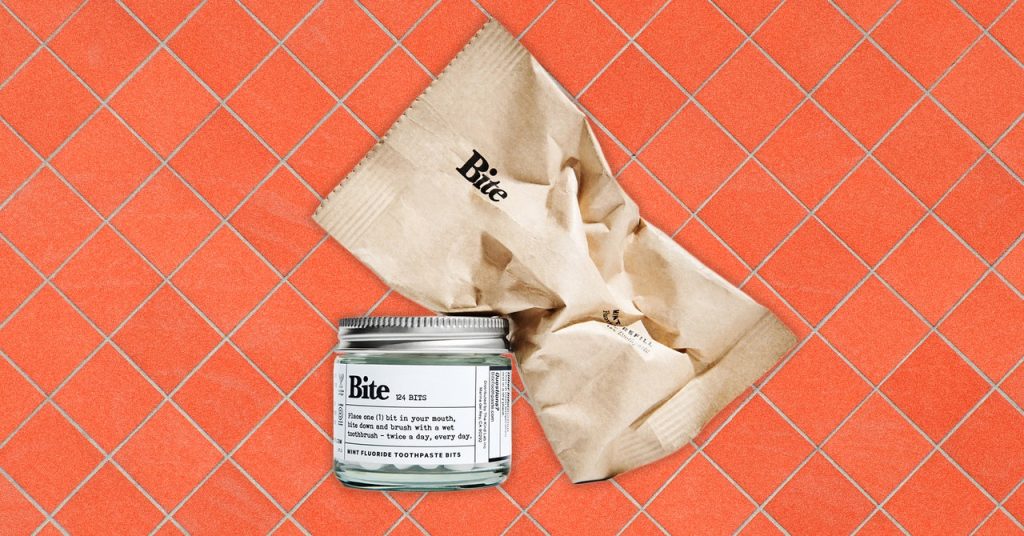A Sustainable Solution to Bathroom Clutter: My Switch to Toothpaste Tablets
My bathroom was once a graveyard of discarded products and empty containers. From moisturizers that lasted mere months to eye creams that needed replacing every quarter, the waste was overwhelming. And don’t even get me started on the shampoo consumption in our household, especially with my husband’s specific dandruff formulas. The constant accumulation of empty bottles in our bathroom trash can was a problem I was determined to solve.
Exploring Eco-Friendly Alternatives
In my quest for a more sustainable bathroom routine, I experimented with various options. While some attempts, like using bar shampoo or investing in reusable menstrual products, didn’t pan out as planned, one change stuck: switching to toothpaste tablets. I subscribed to Bite, a company that offers eco-friendly toothpaste tablets delivered to your doorstep.
The Toothpaste Tablet Experience
Toothpaste tablets are compressed powder that you chew to activate into a foamy paste for brushing your teeth. They contain some of the same ingredients found in regular toothpaste, such as calcium, but often lack fluoride unless explicitly stated. The eco-friendly aspect is evident—eliminating toothpaste tubes reduces waste, especially since these tubes are not recyclable. Additionally, the tablets are convenient for travel, as they are not liquid and pose no risk of bursting or leaking during flights.

Using toothpaste tablets requires a bit more effort compared to traditional toothpaste. You’ll need to chew the tablet a few times and distribute the powdered remnants throughout your mouth for even coverage. While not particularly challenging, it may take some getting used to. A wet toothbrush helps distribute the tablet and create more foam, and on some nights, I opt for two tablets instead of one for a more thorough clean.
Adjusting to the Texture and Taste
The sensation of using toothpaste tablets is quite different from the gel toothpaste most people are accustomed to. The texture is more powdery and dry, and if not chewed thoroughly, you might feel like your teeth haven’t been properly cleaned. My husband tried the tablets but immediately disliked the texture and feel. It took me about a week to adjust, but now I can’t imagine going back.
One significant difference I noticed when switching back to regular toothpaste was the overly sweet taste. While toothpastes approved by the American Dental Association don’t contain sugar, they do include sweetening agents like saccharine and sorbitol to enhance the flavor. In contrast, toothpaste tablets have a more neutral taste, which I’ve grown to prefer.
A Step Towards Sustainability
Switching to toothpaste tablets may not solve all of my bathroom sustainability concerns, but it’s a step in the right direction. As consumers, our purchasing decisions have a significant impact, and I want to support products and practices that align with my values.
I hope to see more options for refillable beauty and grooming products in the future, especially those that don’t rely on plastic refill bags. While finding sustainable alternatives for every product can be challenging, toothpaste tablets offer an easy and accessible solution. I’ve also made other eco-friendly changes, such as using tablet-based hand soap and cleaning supplies from Blueland for my home.
The future of sustainable personal care may not lie solely in tablet form, but I’m optimistic about the potential for more refillable options. As for me, I’ll be holding onto my reusable glass jar for toothpaste tablets as long as I can. In fact, you can engrave that on my tombstone: “Buried With Her Toothpaste.”

1 Comment
Switching to toothpaste tablets is a game-changer for both your dental health and the planet!